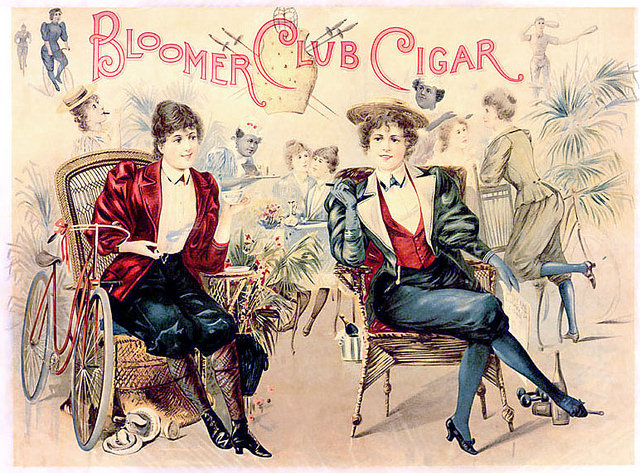Welcome to Word Buzz Wednesday, your go-to place for the most interesting words of the week. The latest: starving healthcare, a long day’s journey into work, move over tiger mothers.
skinny repeal
“A so-called skinny repeal bill that would eliminate the Affordable Care Act’s penalties for individuals who go without insurance and companies that don’t offer it. It would also remove a tax on medical-device manufacturers.”
Benjy Sarlin, “Here’s the Lowdown on ‘Skinny Repeal’ of Obamacare,” NBC News, July 25, 2017
A skinny repeal is a slimmed-down version of a full repeal of the Affordable Care Act, more popularly known as Obamacare, and “could be a placeholder for a broader legislative plan down the road,” says NBC News.
extreme commuting
“It would be an overstatement to say extreme commuting is a major trend. After all, how many people can withstand 200 hours a month traveling back and forth?”
Bryan Miller, “Extreme Commuting,” The New York Times, July 21, 2017
The New York Times defines extreme commuters as people who travel “a minimum of two hours each way, five days a week” for work, while the United States Census Bureau says they’re workers who travel at least 90 minutes one way. Also called mega or super commuters.
shakerato
“Shakerato, it’s when they put a shot of espresso into a cocktail shaker with ice and shake it, shake it, shake it, until it gets foamy and the ice kind of melts and crystalizes and then they pour it into a goblet. And that’s fantastic!”
Sylvia Poggioli, “Italy’s Coffee Culture Brims With Rituals And Mysterious Rules,” NPR, July 14, 2017
Other Italian coffee lingo includes mano, “the skill of the barista”; caffé’ macchiato, “stained with a swirl of milk”; and caffé corretto, “an espresso corrected with a shot of grappa or cognac.”
harkla
“It’s used to describe that little coughing noise one makes, often before giving a speech or dislodging cinnamon bun pieces from their throat.”
Oliver Gee, “26 untranslatable Swedish words,” The Local, July 20, 2017
More Swedish untranslatables include vobba, “working, even though you’ve taken a (paid) day off because your child is sick”; blåsväder, literally “stormy weather,” figuratively, “trouble”; and jobbig, troublesome, annoying, or difficult.
monster parent
“Chinese cultural pressures to succeed, an increasingly competitive education system and job market, and uncertainty over the future prosperity of Hong Kong have all been cited as factors in the monster parent trend.”
Jessica Mary Turner, “Are you a ‘Monster Parent’? Experts say trend worsening in Hong Kong,” South China Morning Post, July 22, 2017
Move over tiger mothers, the monster parent is here. According to the South China Morning Post, a monster parent has “ultimate control over their child,” discourages “individual thought,” believes “academic results come first,” suggests free time doesn’t exist, and at the same time thinks “their child is always right.” A 2013 study from Chinese University of Hong Kong “warned monster parents were producing a generation of spoiled brats who have an inflated view of their abilities.”






